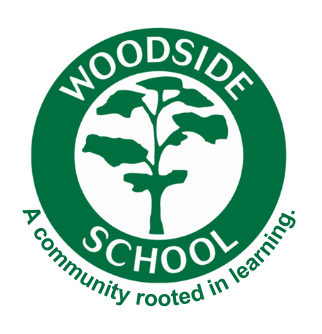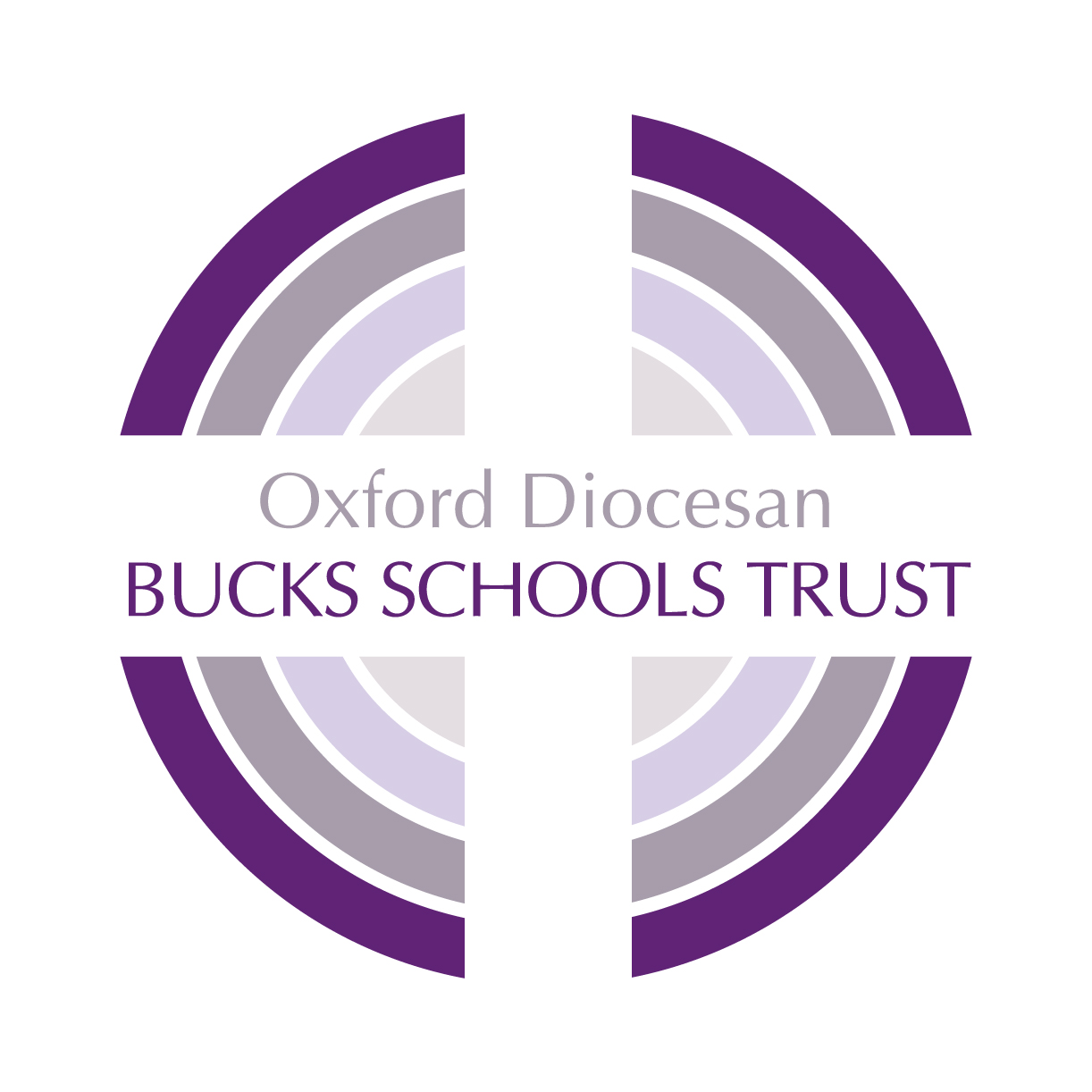Computing
Intent
At Woodside, our computing curriculum aims to equip children to participate in a rapidly changing world where work and leisure activities are increasingly reliant on technology. Our aims are to fulfil the requirements of the National Curriculum for computing; providing a broad, balanced and differentiated curriculum that ensures the progressive development of computing concepts, knowledge and skills. Through our computing curriculum, we aim to give our pupils the life-skills that will enable them to embrace and utilise new technology in a socially responsible and safe way in order to flourish. We want children to become autonomous, independent users of computing technologies, gaining confidence and enjoyment from their activities. We want the use of technology to support learning across the entire curriculum and to ensure that our curriculum is accessible to every child. Not only do we want them to be digitally literate and competent end-users of technology but through our computing lessons we want them to develop creativity, resilience, problem-solving and critical thinking skills. We want our pupils to have a breadth of experience to develop their understanding of themselves as individuals within their community but also as members of a wider global community and as responsible digital citizens.
We use The NCCE Computing Curriculum to cover the Computing National Curriculum. The skills are mapped out under the areas of: computing systems and networks; creating media; programming and data and information. Our curriculum is designed to enable pupils to acquire a rich web of knowledge. The sequence of units allows prior knowledge and learning to be built upon. Our progression of skills develops in pupils the ability to note connections between what they already know, what they have experienced and new learning. Each unit is taught through the acquisition of key skills, knowledge, concepts and vocabulary followed by the opportunity for practical application.
Pupils study a range of programming topics using Scratch, Turtle and Micro:Bit. They learn about sequences, events and actions along with repetition, selection and variables. This is concluded in a physical computing unit using Micro:Bit in Year 6. The children also study how media is created focusing on desktop publishing, photo editing, vector drawing and web page creation. Their understanding of how computer systems and networks is also developed by studying how information is shared. Children learn how data and information can be stored and analysed using branching databases, data loggers, flat-file databases and spreadsheets. Children make use of independent application both in school and at home in order to extend their knowledge. With a strong focus on vocabulary, we encourage pupils to articulate their learning as well as communicate their findings through practical activities.
Implementation
In order for our pupils to learn and remember more, new units of study always begin with a revision of prior learning and opportunities to recall facts and understanding. This is done in a variety of ways. Teachers may share examples of work from previous lessons or units or give the children time to discuss what they can remember learning.
Teachers are able to include the recall of knowledge and skills from previous units and year groups successfully, as we take the time as a staff to talk about links and have a secure knowledge of what comes before and after. Lessons usually begin with reference to prior learning. By following this structure, it helps the pupils to build on prior knowledge alongside introducing new skills and challenge. The revision and introduction of new vocabulary is built into each lesson. We ensure that children are allowed opportunities to repeat and revise this vocabulary and knowledge.
We make learning memorable and relevant by planning interesting and engaging activities. Pupils with SEND access lessons at a level that is appropriate for them. Teachers identify the key knowledge and skills that they need to allow the pupils to make progress and may choose to focus on key computing skills (e.g. typing) if more appropriate. In contrast, we have identified key characteristics of more able learners in computing and have embedded opportunities for children to utilise higher order thinking skills to show their deeper understanding. Teachers encourage more able pupils to explore their interests outside of school and develop their computing skills across other areas of the curriculum.
At Woodside, computing is taught in discrete computing lessons, but the use of technology is encouraged to support learning across all curriculum areas. Links are also made (where appropriate) to other curriculum subjects, for example programming and branching databases in year 3 link to music and science; data loggers and photo editing in year 4 link to science and art/ PSHE; flat file databases and sharing information link in year 5 link to maths and PSHE; and web page creation and spreadsheets in year 6 link to geography and maths.
In computing lessons the children use iPads, Chromebooks or laptops in order to access a range of apps and software. Online safety is taught regularly in Computing and PSHE lessons as well as whole school assemblies at an age appropriate level. Children are also taught about vocabulary linked to computing and key skills for life including efficient typing skills.
Impact
Computing is loved by teachers and pupils across the school and they leave here ready to apply their knowledge and skills in their future lives. Our skills progression enables teachers to plan to cover all aspects of the computing curriculum to the highest level.
We measure the impact of our computing teaching in several ways. At the start of the unit, teachers will ascertain what the pupils already know through questioning and by referring to prior learning. Where there are gaps in skills, the teachers will plan to fill these. Throughout a unit, the teachers will informally assess the progress children are making through discussions and their outcome from each lesson. At the end of a unit, the pupils are given the opportunity to complete an independent task which showcases the knowledge and skills that they should have acquired in the previous lessons. There is also often the opportunity for the children to show other skills that they may have. This gives the children an opportunity to ‘showcase’ their understanding of knowledge, concepts and skills in computing and gives teachers the information they need to assess accurately.

